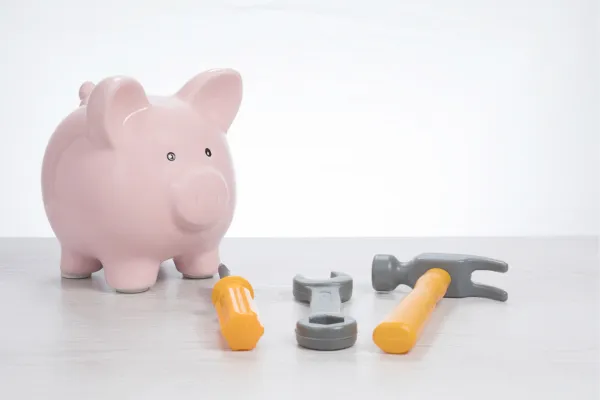You Dream It. We Can Build It.
We are a 5-star-rated home remodeling and building contractor proudly serving all of Riverside and San Diego Counties and All Coastal communities
Remodeling | Interiors and Exteriors | Design
Blog
From groundbreaking technology to innovative construction methods, our content informs, educates, and sparks curiosity. Expect valuable insights, actionable tips, and engaging discussions in every article.
Explore the latest trends and advancements in the construction industry as we delve into projects, share expert advice, and provide practical guidance.
Join us in our mission to build a better future through knowledge and innovation.
Sit back, relax, and enjoy the enriching read!

The Impact of Borrowing Costs on Home Renovations.
The relationship borrowing costs and home renovations is a nuanced one, with several factors influencing the overall impact on homeowners. In this blog, we delve into the multifaceted effects of borrowing costs on home renovations and explore how individuals navigate this intricate financial landscape.

1. Interest Rates and Affordability:
Interest rates on loans, especially mortgage rates, can significantly impact the affordability of home renovations. When interest rates are low, homeowners may find it more enticing to borrow funds for their renovation projects. Low borrowing costs can make financing more accessible, encouraging individuals to undertake more extensive renovations or invest in higher-quality materials.
2. Budgeting Challenges:
On the flip side, fluctuating borrowing costs can pose challenges for those attempting to adhere to a strict renovation budget. If interest rates rise unexpectedly, the cost of borrowing increases, potentially straining the financial resources allocated to the renovation. Homeowners may need to reassess their plans, prioritize essential renovations, or explore alternative financing options to stay within budget constraints.
3. Home Equity Loans and Lines of Credit:
Many homeowners choose to finance renovations through home equity loans or lines of credit. The borrowing costs associated with these options depend on prevailing interest rates and the borrower's creditworthiness. When interest rates are low, these financing methods become more attractive, providing homeowners with flexible access to funds for their renovation projects.
4. Market Conditions and Property Value:
The real estate market's overall health can influence borrowing costs and subsequently impact home renovations. In a robust market, lenders may offer more favorable terms, whereas economic uncertainties or market downturns could lead to higher borrowing costs. Homeowners considering renovations must factor in these market dynamics when assessing the financial feasibility of their projects.
5. Long-Term Investment Perspective:
Some homeowners view renovations as long-term investments that can enhance their property's value. In such cases, borrowing costs become a strategic consideration. Opting for renovations during periods of lower borrowing costs may yield a higher return on investment, as the initial borrowing expenses could be offset by potential increases in property value over time.
6. Financial Planning and Consultation:
Given the intricate nature of borrowing costs and their impact on home renovations, thorough financial planning is crucial. Seeking advice from financial professionals can help homeowners navigate the complexities of interest rates, loan terms, and overall financial strategies. Professional guidance can aid in making informed decisions that align with both short-term renovation goals and long-term financial strategies.

